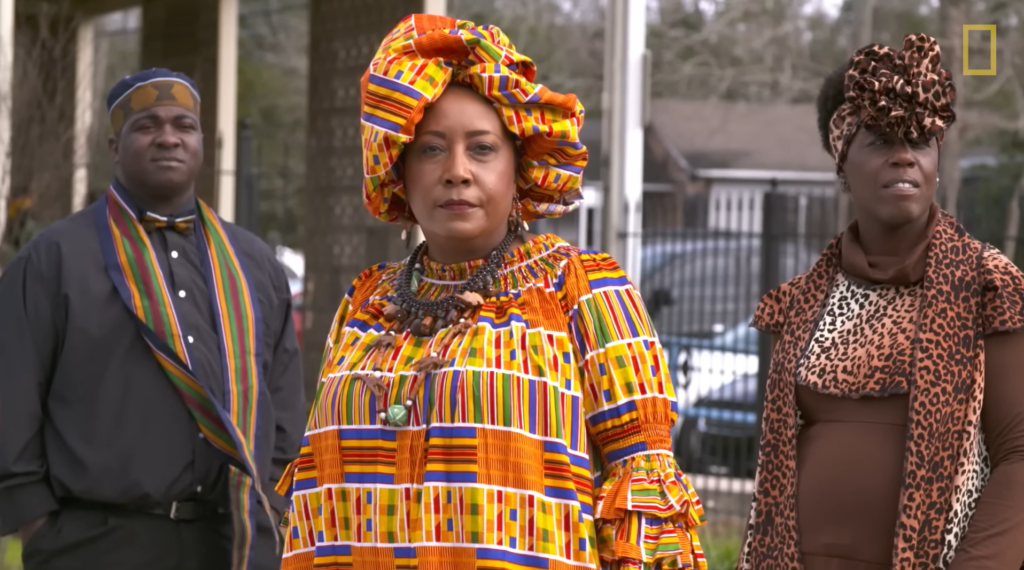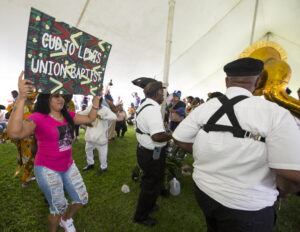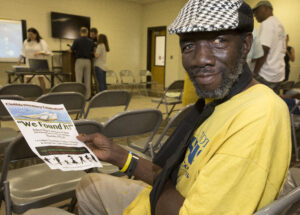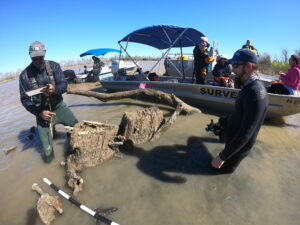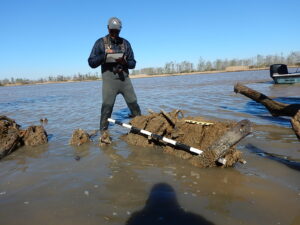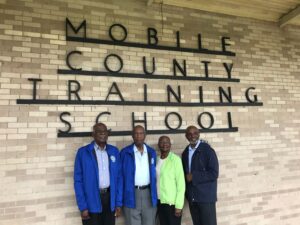Africatown, U.S.A.
Slave Wrecks Project works with partners in Africatown, Alabama, conducting terrestrial archaeological work, swimming and scuba dive training with local youth groups, and other forms of public interpretation and engagement.
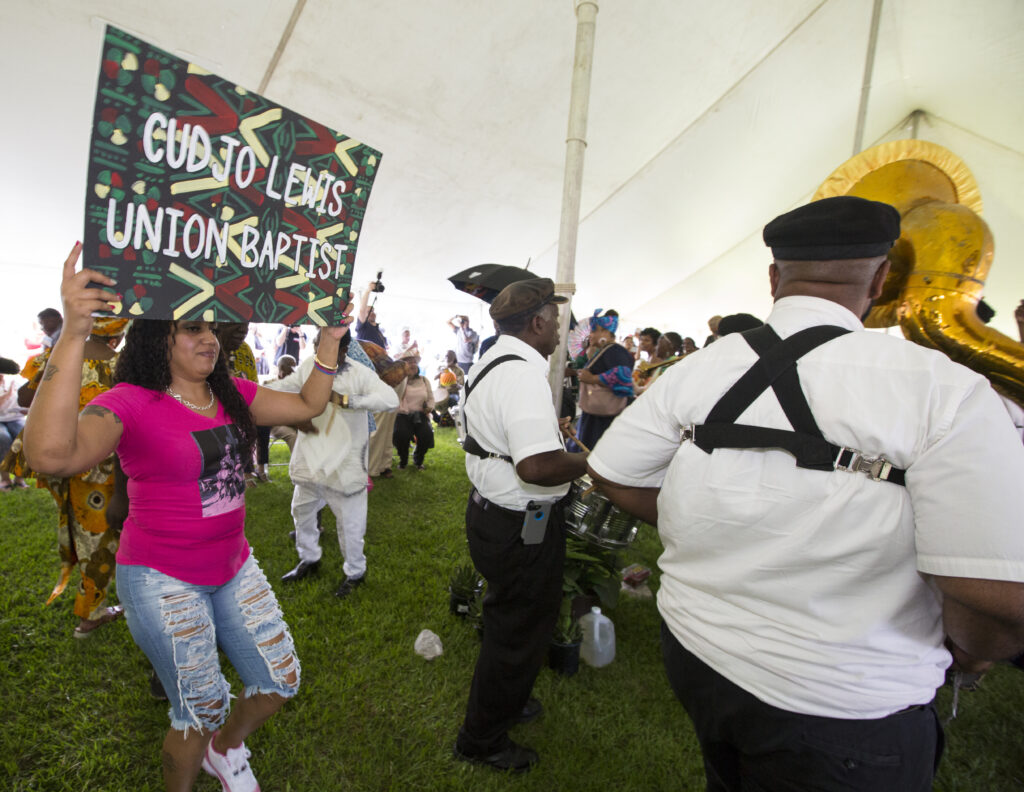
In 2018, the Slave Wrecks Project (SWP) joined the effort to locate the Clotilda, the last known slave ship from Africa to land enslaved people in the United States, which brought captive Africans from Benin to Mobile Bay, Alabama, U.S.A., in 1862. The survivors from the Clotilda were sold into slavery in Alabama, and some founded the community of Africatown in Mobile. The residents of Africatown persisted despite racism, segregation, and dispossession of their land, and their descendants continue to fight for the recognition of their community and their history. The SWP participated in support of the Alabama Historical Commission (AHC) in archaeological work to locate and identify the wreck of the Clotilda. SWP continues to work with partners in Africatown, conducting terrestrial archaeological work, swimming and scuba dive training with local youth groups, and other forms of public interpretation.
Ongoing work continues in Africatown by SWP partners and colleagues, led by SI-NMAAHC. This work includes terrestrial archaeology, led by principal investigator Dr. Alexandra Jones; youth swimming and scuba dive training led by Diving With a Purpose; and other forms of public engagement to continue understand the legacies of slavery in Africatown and the broader world.
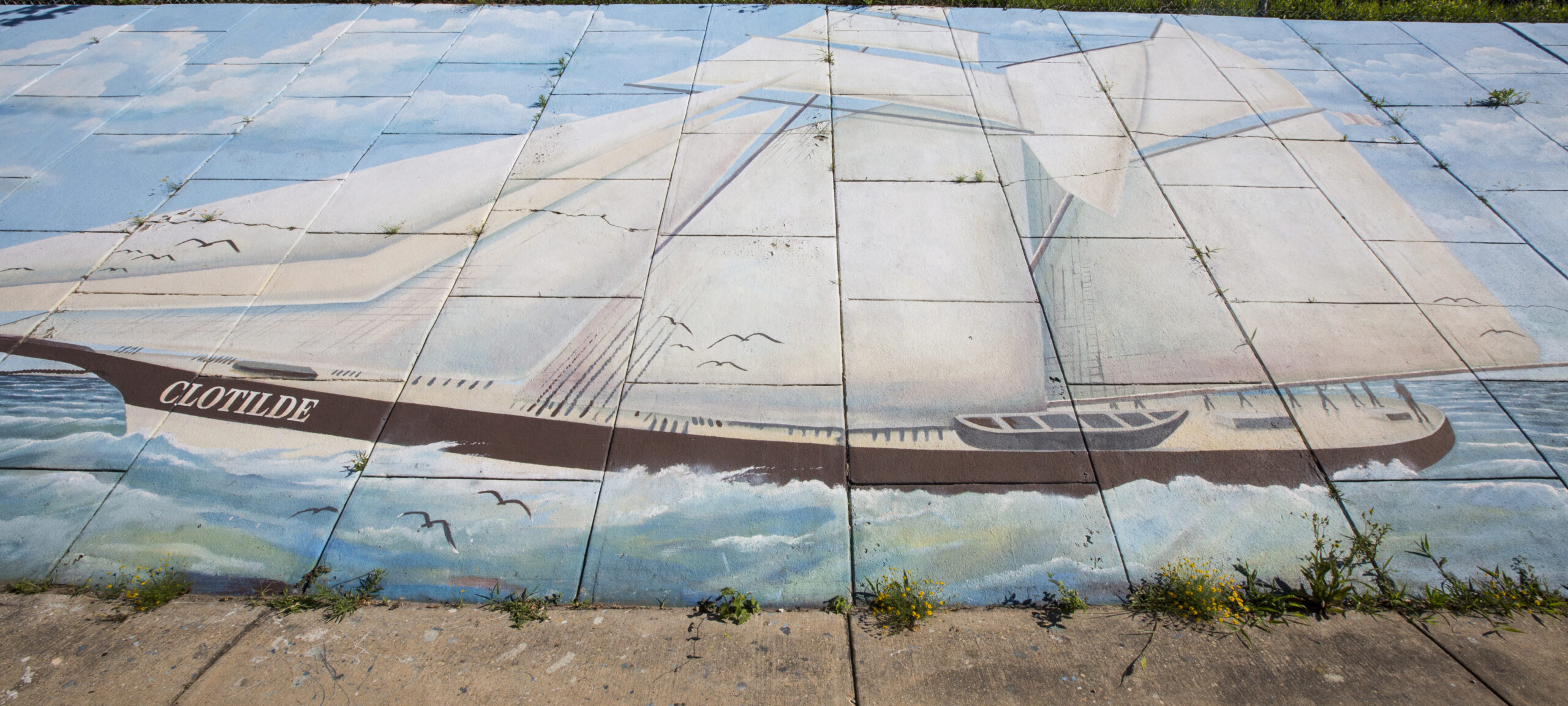
A painting of the Clotilda in Africatown, Alabama. Photo by Alabama Historical Commission/Keith Necaise.
History of the Clotilda
The Clotilda was a two-masted wooden ship owned by steamboat captain and shipbuilder Timothy Meaher. Meaher wagered another wealthy white man that he could bring a cargo of enslaved Africans aboard a ship into Mobile despite the 1807 Act Prohibiting the Importation of Slaves. In the autumn of 1860 Captain William Foster departed for West Africa and successfully smuggled 110 enslaved Africans from Dahomey into Mobile, with one person perishing during the Middle Passage. Africatown was founded by descendants of some of the enslaved people aboard the Clotilda, and it was the home to some of the last survivors of the transatlantic slave trade in the United States. The slavers burned the ship in Mobile Bay, where it was lost to history in the muddy waters of the bay until May 22, 2019, when the AHC and partners announced that the wreck had been located.
Learn more about the search for the Clotilda and the advocacy of the Africatown community in the video below by National Geographic.

